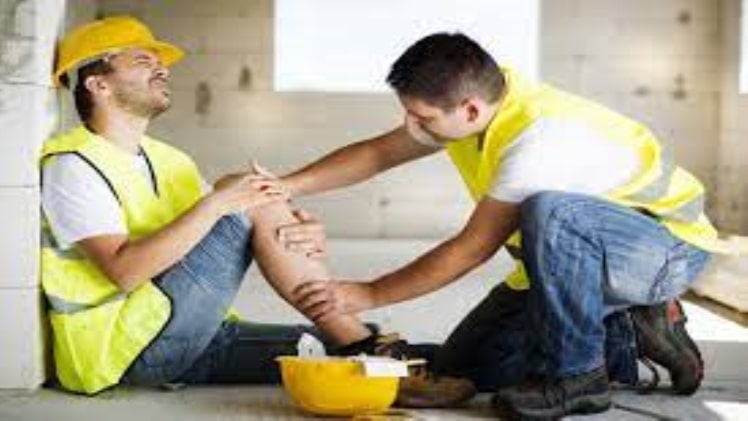What Is the Most Common Injury on Construction Sites?

Construction sites are places that contain plenty of hazards at the forefront. It is a physically exhausting job that takes a toll on the body. . A lot of the time, people who work in the construction industry have to make use of heavy equipment, climb heights on-site, and work on roadsides where accidents are common. This increases the probability of workers getting hurt while on the job. The construction company sometimes does not take monetary accountability for workers’ damage. In that case, construction accident attorneys can be a good option for you as they are professional lawyers who expedite such incidents with high priority.
Suppose you are a construction worker who got hurt on the job and is facing serious medical problems, ongoing pain, and financial worries as you could not show up at work post-injury and have medical bills to pay; North Carolina has laws that protect such construction workers in numerous ways. You need to know your rights under these laws for maximum benefits. You can take the help of construction accident attorneys to take compensation from the company you are working for.
Different Ways People Get Hurt on Construction Sites
Construction workers face a wide range of dangers on the job. The Occupational Safety and Health Administration (OSHA) has found that some of the good reasons why people get hurt on construction sites are as follows:
1. Falls-
This combines both falls from heights and slips or trips while at work. Most falls on construction sites are caused by uneven ground, improper ways to get on and off of equipment, incorrect use of ladders, or not using protection gears. Most slips and trips are unforeseen and commonly caused due to leakage or careless walking.
To prevent falls:
- When getting on and off of equipment, use three points of contact and make a grip before landing on the ground. Ensure all your workers wear safety shoes with enough grip, and keep in mind the other safety protocols while at work.
2. Hit by something
OSHA says that this kind of injury is caused by a collision between a person and an object or piece of equipment. For example, a person could get hurt by being hit by a machine or by unexpected falling materials on site. A good way to avoid being hit by something is to clearly mark or block off dangerous spots and wear the right personal protective equipment (PPE) when on site.
Also, you should:
- Stack materials correctly to keep things from falling or sliding.
- Don’t get too close to the loading or unloading site areas t.
- Provide employees with proper on-the-job training to ensure they know how to stay safe while working around heavy material lifting.
3. Electrocution
Most people who get electrocutes end up with burns, which can cause cardiac arrest and nerve damage. OSHA rules are strict regarding covering places with high hazard potential and equipment, the right way to design and use electrical equipment, and uses of electrical protection devices and insulation.
Helpful tips:
* Wear all the necessary PPE needed while on site
* Turn off the power to the equipment right after use and follow the correct lockout and tag-out procedures for increased safety.
*Train employees to stay away from parts that are charged with electricity.
4. Caught in/between
These accidents happen when a worker is stuck between two or more things, like when a vehicle traps a person against a wall, when a body part gets pulled into a machine, or when materials fall on a worker on site. The most appropriate way to avoid these injuries is to pay attention to your surroundings. And in cases when the accident occurs but your company is not willing to compensate for the damage caused amount, you can take the company to court with the help of construction accident lawyers.
Conclusion:
In some of the most unfortunate cases, construction workers witness injuries that can kill them and leave them with a permanent disability. Injury from these risks and other accidents on site can be stopped by creating a culture that puts safety first and training all employees with proper safety drills.
